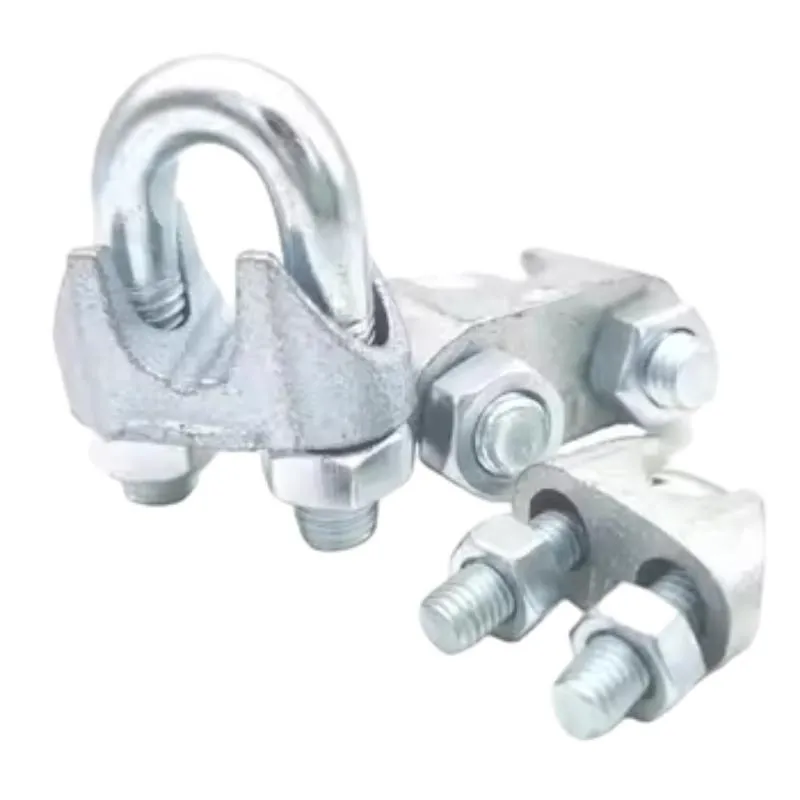Dez . 11, 2024 11:42 Back to list
chemical anchor sleeves
Chemical Anchor Sleeves A Comprehensive Overview
In the realm of construction and structural engineering, ensuring the robustness and reliability of connections between various materials is paramount. One innovative solution that has gained popularity in recent years is the use of chemical anchor sleeves. These anchors are designed to provide strong, durable bonds between concrete, masonry, or other substrates while accommodating various environmental conditions. This article delves into the features, benefits, installation methods, and applications of chemical anchor sleeves, highlighting their significance in modern construction.
What Are Chemical Anchor Sleeves?
Chemical anchor sleeves are specialized components that work in conjunction with adhesive bonding agents to achieve a secure attachment to various substrates. Typically made from composite materials or metal, these sleeves are inserted into pre-drilled holes in concrete or masonry. Once in place, a high-strength adhesive is injected into the sleeve, encasing a reinforcing rod or bolt. This creates a powerful bond that can resist tensile and shear forces with remarkable strength.
Key Benefits of Chemical Anchor Sleeves
1. Enhanced Load-Bearing Capacity The primary advantage of using chemical anchor sleeves is their ability to accommodate heavy loads. Through the use of specialized adhesives, these anchors can reach load capacities far exceeding those of traditional mechanical anchors.
2. Versatility Chemical anchor sleeves work effectively in diverse applications, including supporting structural elements, machinery, railings, and more. Their adaptability makes them suitable for various materials, including concrete, brick, and stone.
3. Corrosion Resistance Many chemical anchor sleeves are designed to resist environmental influences such as moisture and chemicals, extending their lifespan. This makes them ideal for outdoor or industrial applications where exposure to harsh conditions is a concern.
4. Reduced Risk of Cracking Unlike mechanical anchors, which can impose stress on the surrounding substrate, chemical anchors distribute loads more evenly. This minimizes the risk of cracking or spalling in concrete, ensuring the integrity of the structure.
5. Ease of Installation Chemical anchor sleeves are relatively easy to install. The process typically involves drilling a hole, cleaning the hole to remove dust and debris, inserting the sleeve, and then injecting the adhesive. This straightforward installation method reduces labor time and costs.
Installation Process
chemical anchor sleeves

Installing chemical anchor sleeves requires careful attention to detail to ensure optimal performance. The general steps include
1. Drilling A hole is drilled into the substrate using a rotary hammer or drill that matches the specified diameter and depth for the sleeve.
2. Cleaning The hole must be thoroughly cleaned to remove any debris, dust, or moisture that could interfere with the adhesive bonding.
3. Inserting the Sleeve The chemical anchor sleeve is then inserted into the hole, ensuring it is positioned correctly.
4. Applying Adhesive An appropriate adhesive is injected into the sleeve, ensuring it fills the space around the insertion rod or bolt completely.
5. Setting Time After the adhesive is applied, it must be allowed to cure according to the manufacturer's specifications before any load is applied.
Applications
Chemical anchor sleeves are widely used in a range of applications, from residential to commercial and industrial projects. They are commonly employed in areas where high tensile strength is required, such as mounting heavy equipment, securing railings, or anchoring structural elements in buildings. Additionally, they are often used in renovation projects where existing infrastructures need reinforcement without compromising their integrity.
Conclusion
Chemical anchor sleeves represent a significant advancement in anchoring technology, providing reliable, efficient, and durable solutions for various construction needs. By understanding their features, benefits, and installation processes, builders and engineers can enhance their projects' safety and durability, ensuring structures can withstand the test of time and environmental challenges.


